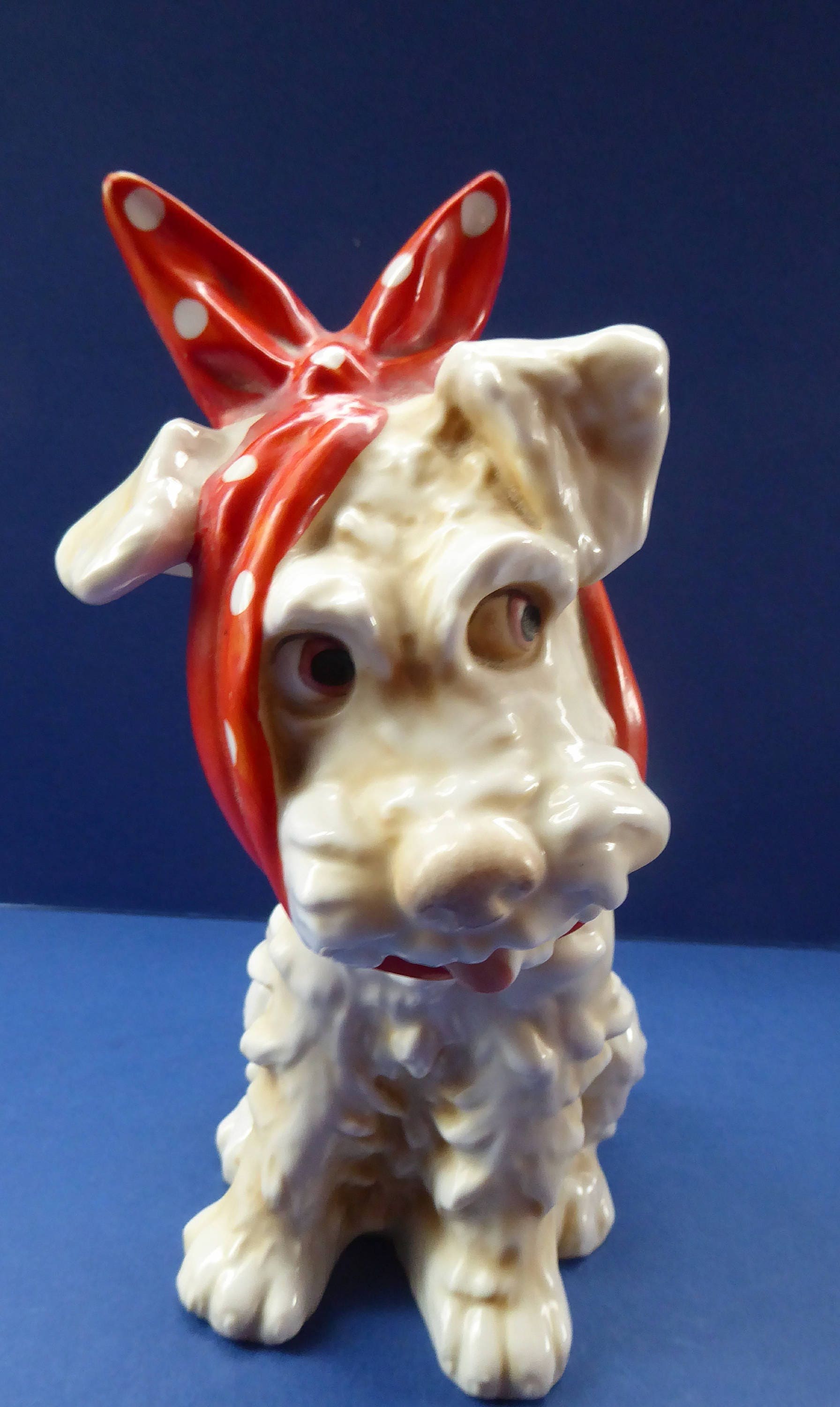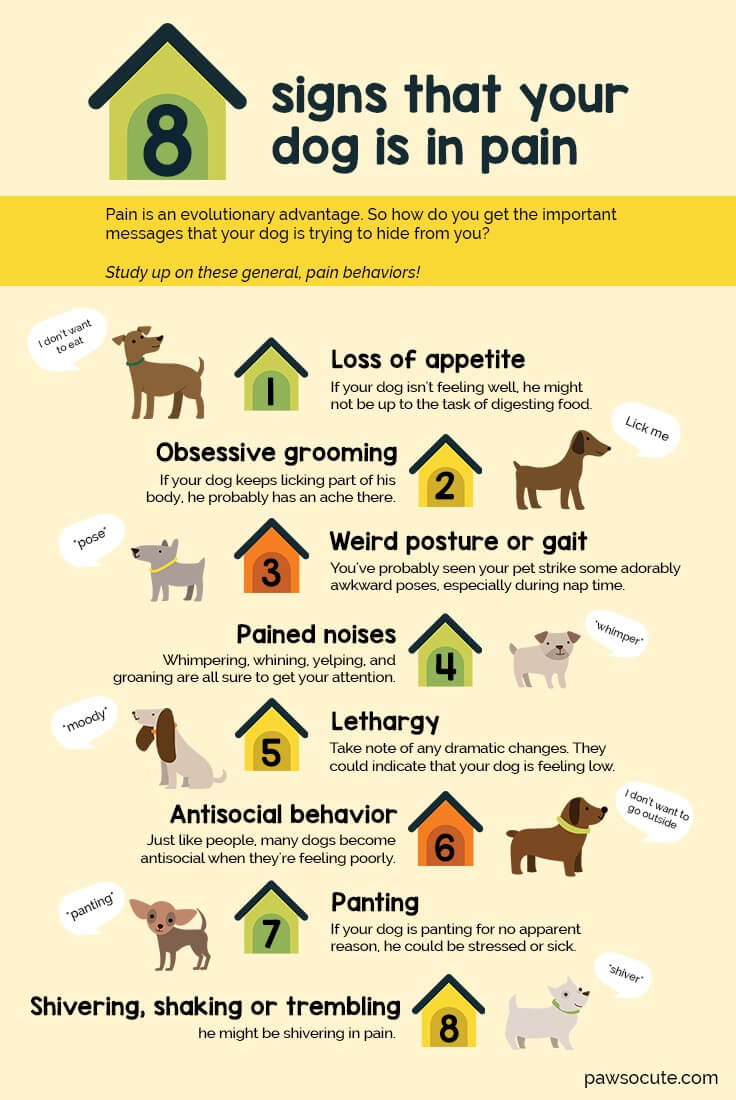Subtle signs of a dog tooth infection include not wanting to eat dry food or hard treats, dropping pieces of food out of the mouth while eating, not chewing on a. Pet dental issue more common than you think.

Toothache In Dogs Uk Root Canal Toothache
However, many dogs will never show outward signs of pain.

How to tell if dog has a toothache. Check your dog’s fur to spot adult fleas. There are obvious physical signs your dog may have a toothache as well. Visible changes in your dog's mouth.
If your dog's breath has suddenly become intolerable, the chances are that an underlying medical problem in the mouth is to blame. Look for bleeding in the water bowl, or when your dog is playing with a chew toy. Traces of blood on their toys or in their dog bowls;
A dog’s health has to do with its entire body, just like ours! Adult fleas are about the size of a pencil lead. Dogs can suffer the sharp pain of a toothache just as acutely as their human owners can.
Oral discomfort or a toothache. Symptoms of periodontal disease include inflamed gums, bleeding gums, and redness of the gums. It won’t be easy to tell when your dog suffers from a toothache because he can’t express his discomfort like human beings.
While he might consume wet food handily, he might not want to eat hard, dry food. Use your fingers to part your dog's fur so that you can see its skin, looking for signs of adult fleas. If your dog has a painful tooth, you may notice the following:
When your dog starts doing things you have never seen before, take a closer look to see if they may be in pain. He may also be drool more. Just like humans, dogs can also get toothache.
The furcation is much closer to the normal gum line in the teeth of dogs. So, it is better to identify the signs or symptoms of dog tooth pain. This can stem from poor dental hygiene, rotten teeth, a.
After your dog's dental issue has been identified and treated, introduce a good oral hygiene routine to keep future problems from occurring. Dental (tooth and gum) disease is a painful problem, and can lead to other problems such as kidney and heart disease. However, this does not affect the normality of his activities.
Signs a dog has a toothache by cuteness team. So much so that you may not have much of an appetite. You can tell if your dog has toothache is by looking for signs of slow eating, bad breath, swelling of the face, and bleeding gums.
For instance, your dog may yawn and possibly even cry when yawning, he may scratch his ears or the side of the face, smack his lips, lick his nose or dogs chatter his teeth. Here are some of the most common signs and symptoms to look for. It will never smell minty fresh, and if your dog has just eaten, it will probably smell of their last meal.
He also may whine when eating or spit out his food. Dog mouth pain symptoms include difficulty chewing, reluctance or refusal to eat, excessive drooling, pawing the muzzle, and sensitivity to touch on the face or mouth. The area between the roots of teeth with more than one root is called the furcation.
Loss of appetite is a symptom that may be associated with many health problems, so regardless of whether or not the cause of it is tooth pain, take. However, if your dog’s breath is terrible and you can smell it when they open their mouths, if you find that your skin or clothes smell when your dog licks you, or if it smells rotten, the chances are that their teeth are in bad condition. According to pets webmd, your dog can suffer from toothache.
Gingivitis — reddened, inflamed gums, particularly around the tooth. You may notice him start eating and then abruptly stop. It’s important to check your dog’s mouth regularly because most dogs with dental problems continue to eat despite being uncomfortable.
Five common signs that indicate a dog tooth infection may be present include: In dogs, however, gum loss has even more serious repercussions than in humans. Here are some things to watch out for that may indicate your dog is experiencing tooth pain or other mouth issues:
You may notice these same behaviors in your dog. As a dog owner, you know your pet's behavior better than others would. If you notice your dog dropping food, chewing oddly or chewing only on one side of his mouth, that could indicate tooth issues.
How to tell if your dog is dealing with tooth pain? Check for lumps or bumps in or around your dog’s mouth, especially any swelling present on one side but not the other. However, by the age of 3 most dogs have experienced dental disease or tooth infection that ultimately requires an extraction.
Tooth pain is a relatively common ailment in dogs, partially because they use their mouth from much more than simply eating (chewing on hard toys, for example). Another telltale sign that a dog has a tooth infection is terrible breath. Calculus and tartar — a build up of yellow/brown material on the tooth itself.
If a pet is not reluctant to have you listen to its heart but is very reluctant to have you look in the mouth, this may be an indicator of oral pain. Fleas tend to prefer the base of the tail, the abdomen, and behind the ears, but they can be found anywhere on the dog. Dogs experiencing dental pain will show such strange behaviors as:
These signs of pain are often not related to what we would expect to see in a dog with a toothache. The root surface is rougher than the crown of the tooth and is therefore more likely to attract plaque. When a dog is suffering from tooth pain, he may not eat as much as he usually does because it may be hurting him to chew.
Regularly brush your dog's teeth, or have it done by a groomer. An abscessed tooth can cause your dog pain as well. Your dog has been chewing on one side of the mouth only.
Your dog has been drooling more than usual. Symptoms of periodontal disease are great indicators your dog may be experiencing pain. Give your dog bones and chew toys designed to help remove plaque and tartar buildup.
If any of you have had a toothache before, you know that it’s painful to chew. Pain can be associated with an individual tooth in the case of endodontic disease, such as a fractured tooth, or it may be generalized throughout the mouth in cases of stomatitis. There are several dog dental problems to look out for including:
The other signs of dental disease are red. Swelling in the gum, which could indicate an abscess. They may start eating and then suddenly stop.
